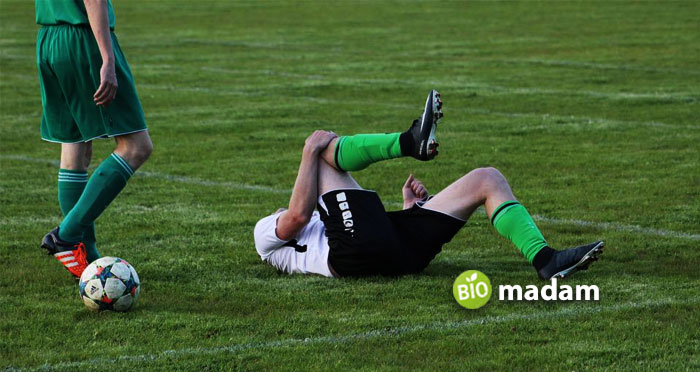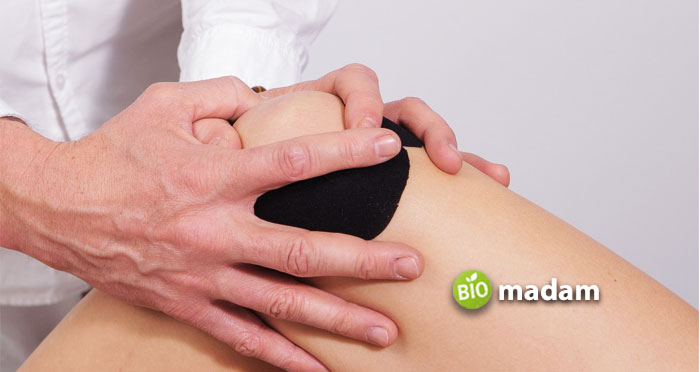If you have suffered a knee injury, you may be wondering what your next step should be. Rehabbing is essential for getting back to your old self and preventing further damage. In this article, you’ll learn about the basics of knee rehab and what you can expect during the process. Keep reading to learn more!
Getting Support For Your Leg
Whenever you’ve suffered an injury like this, you must get something to keep everything together. This is where orthopedic bandages come in handy as they help you keep your knee in the correct position while it heals. You can find these at any medical supply store or online. Just make sure to get one that’s comfortable and easy to put on by yourself.

This type of support will also help to limit the amount of movement in your knee, which is important for preventing further damage. In addition, it will help to reduce the amount of swelling and pain you’re experiencing. All of these things are crucial for a successful recovery.
So, make sure to get yourself good support before beginning your rehab process. It will make things much easier and more comfortable for you in the long run. Trust us, you won’t regret it!
Doctor Visits
It’s important to regularly see your doctor while you’re rehabbing your knee injury. Your doctor can help monitor your progress and make sure that you’re doing everything correctly. They can also prescribe physical therapy or other treatments if necessary.
Don’t wait until your pain gets worse to see your doctor. Schedule regular appointments so that you can keep track of your progress and get the help you need.
If you’re having trouble paying for doctor visits, talk to your insurance company about coverage options. Many insurance plans will cover at least some of the cost of seeing a doctor for a knee injury. You may also be able to get financial assistance from the government or other organizations.
Medication
Lots of people get prescribed medication for their knee injuries, but not everyone takes it as directed. However, there are a few things you should know about medication and knee injuries.
First, medication is not a cure-all. It can help relieve pain and inflammation, but it will not fix the underlying problem. Second, you should take your medication as prescribed by your doctor. Do not skip doses or stop taking your medication without talking to your doctor first.
Third, be sure to follow any other instructions from your doctor regarding medication, such as diet and exercise restrictions. Taking medication, like analgesics, for your knee injury is an important part of the healing process, so be sure to do it right!
Exercises
There are certain exercises that will help you a lot when you’re recovering from a knee injury. These are the following:
- Stationary Bike
- Elliptical
- Treadmill
- Swimming
- Rowing
- Low-Impact Cardio
- Strength Training
- Stretching
Each of these exercises has its own benefits that will help you in your rehabilitation process. For example, the elliptical is a low-impact exercise that will help to increase the range of motion in your knee. Swimming is also a great exercise for women and men because it’s a low-impact cardio workout that will help to strengthen the muscles around your knee.
If you’re not sure what exercises are best for you, it’s always a good idea to consult with a physical therapist. They will be able to create a customized rehabilitation plan that is tailored specifically for your needs.
The road to recovery can be long and difficult, but if you put in the work, you will be able to get back to your previous level of activity.
Rest
It’s essential to rest your leg as much as possible when you’re first injured. This means no walking, jogging, biking, or any other activity that puts stress on your knee. You might need to use crutches or a walker to get around.
You need to make sure your leg is comfortable too. Prop it up on a pillow when you’re sitting or lying down.
Wearing a knee brace can also help relieve pain and swelling. You can buy them at most drugstores or online. Just make sure to get one that’s the right size and fits well.
Aftercare
A healed knee doesn’t mean you’re clear to do all the things you did before your injury. In fact, it’s important to take aftercare seriously to avoid re-injury.

You should avoid high-impact activities for at least six weeks. That means no running, skiing, or basketball. Stick to low-impact activities like walking, biking, and swimming.
Make sure not to put all your weight on your injured leg. When you’re standing, keep most of your weight on your good leg. When sitting down, don’t cross your legs so that all the pressure isn’t on the injured one.
Knee injuries are painful and hard to get through, but with the right support bandage, it’s going to be much easier. Visit your doctor frequently so they’d tell you what to do next, whether go for surgery or keep on taking medication. Make sure you do the exercises the right way and rest whenever you can. Finally, never forget about aftercare as it can ensure you won’t have trouble again!

Hi, they call me Jenna, and I am also known for achieving a gold medal during my Ph.D. in science life. I always had a dream to educate people through my utmost writing hobby. So, I chose this blogging path, and Biomadam gave me this opportunity to present for them. I now stand to entertain you. Continue reading my articles & discuss if you’ve any confusion through the comment section below.

